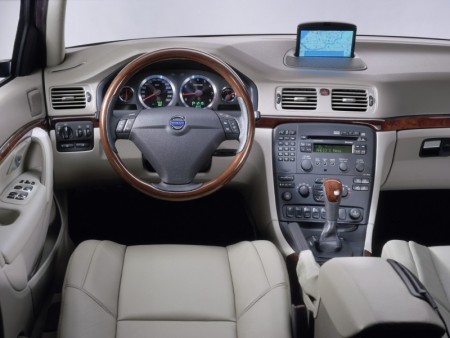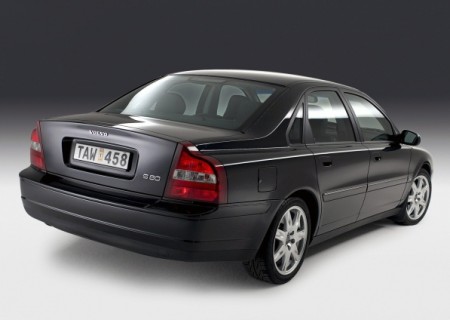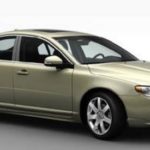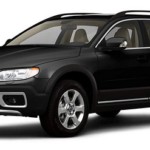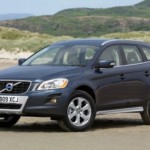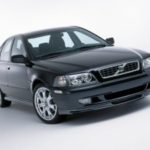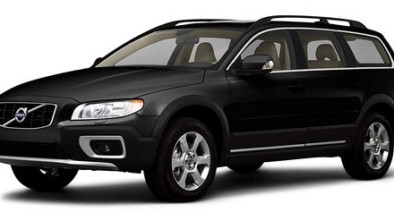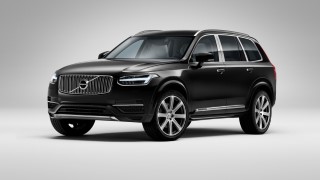Volvo S80 1998 - 2006 - Used car, advantages, disadvantages
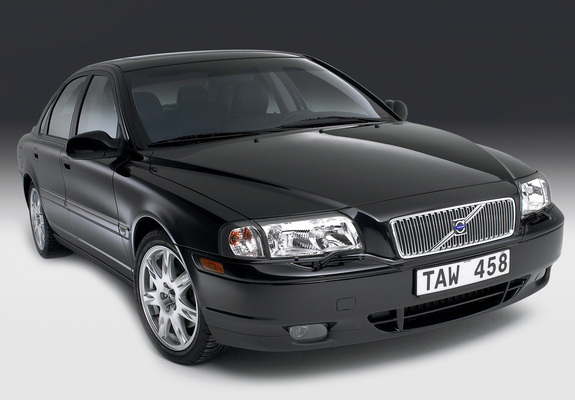
Volvo S80
Volvo The S80 has been on the market since 1998. It is built on the P2 platform just like the S60, V70, XC70 and XC90. The design and quality of the instrument panel is timeless. Customers only complained about the fabric on the seats. Good ergonomics provided enough space and comfort for all passengers in the car. The boot volume is 440 liters, and can be increased by lowering the rear seats.
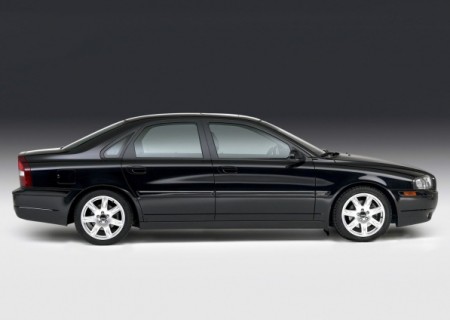
Volvo S80
Initially, it was only available with a six cylinder 2.9 gasoline engine with 150 hp and a 2.8 Turbo T6 gasoline engine with 200hp. After a few months, the Volvo S80 is also available with a 2.4-liter 103,125 and 147hp petrol engine. Since 2000, the choice is a fifth cylinder 2.5 TDI diesel engine with 103 hp and 2.0 petrol engine with 132 hp. Since 2005, a diesel D5 engine with 163 and 185 hp is available.
In 2003, the Volvo S80 was redesigned - the grille, front and rear LED lights were changed. The biggest change is the replacement of the 2.4T engine with the 2.5T 154T engine. All-wheel drive is also available.
Volvo is known for safety. The innovations that came with the Volvo S80 are the WHIPS system (whiplash protection system) and the SIPS system (emergency lateral force distribution system. The Volvo S80 has 6 airbags in safety equipment. It received 4 stars at the Euro NCAP crash test.
The rear multi-axle shaft is responsible for the stability of the Volvo S80. Volvo has good sound insulation. Since 2003, the FOUR C (Active Suspension Control) system has been available.
Gasoline engines consume about 10-12 liters per 100 kilometers, and diesel engines 7-8 liters the same distance.
Advantages - Volvo S80
- Spacious interior
- Comfortable seats
- Quality interior material
- Security, WHIPS and SIPS system
- Good choice of engine
Mane - Volvo S80
- Driving is not dynamic
- On road bumps the suspension is loud and uncomfortable
- Possible problems with D5 engine with injector, transmission oil, water pump and belt tensioner
- The 2.5 T engine has a problem with the belt tensioner
- Worn brake discs
- The first models have engine electronics problems
- Poor seat materials
- A small trunk
Retrieved from: auto-mane.com
engines
| Model | Engine code | Years | Max. power | Max. torque at rpm | Volume | Engine configuration |
|---|---|---|---|---|---|---|
| 2.4 | B5244S | 1998 – 2006 Feet | 103 kW (140 HP) | 220 Nm at 3300 | 2,435 cc | 5 cylinder ordinary engine |
| 2.4 | B5244S | 1998 – 2006 Feet | 125 kW (170 HP) | 225 Nm at 4500 | 2,435 cc | 5 cylinder ordinary engine |
| 2.0T | B5204T | 2000 – 2006 Feet | 132 kW (179 HP) | 240 Nm at 2200–4800 | 1,984 cc | 5 cylinder regular turbo engine |
| 2.4T | B5244T3 | 2001 – 2003 Feet | 147 kW (200 HP) | 285 Nm at 1800–5000 | 2,435 cc | 5 cylinder regular turbo engine |
| 2.5T | B5254T2 | 2003 – 2006 Feet | 155 kW (211 HP) | 320 Nm at 1500–4500 | 2,521 cc | 5 cylinder regular turbo engine |
| 2.9 | B6294S | 1998 – 2001 Feet | 150 kW (204 HP) | 280 Nm | 2,922 cc | 6 cylinder ordinary engine |
| 2.9 | B6294S2 | 2001 – 2004 Feet | 144 kW (196 HP) | 280 Nm | 2,922 cc | 6 cylinder ordinary engine |
| T6 | B6284T | 1998 – 2001 Feet | 200 kW (272 HP) | 380 Nm at 2000–5400 | 2,783 cc | 6-cylinder twin-turbo in-line engine |
| T6 | B6294T | 2002 – 2006 Feet | 203 kW (276 HP) | 380 N⋅m at 1800–5200 | 2,922 cc | 6-cylinder twin-turbo in-line engine |
| Model | Engine code | Years | Max. power | Max. torque at rpm | Volume | Engine configuration |
|---|---|---|---|---|---|---|
| 2.5 TDI * | D5252T (MSA 15.8) | 1998 – 2001 Feet | 140 HP (103 kW) | 280 Nm | 2,461 cc | 5 cylinder regular turbo engine |
| 2.4D | D5244T | 2001 – 2006 Feet | 130 HP (96 kW) | 280 Nm at 1750–3000 | 2,401 cc | 5 cylinder common rail common rail turbo engine |
| D5 | D5244T2 | 2001 – 2006 Feet | 163 HP (120 kW) | 340 Nm at 1750–3000 | 2,401 cc | 5 cylinder common rail common rail turbo engine |
Source: wikipedia.org
Recommendation of similar texts:

Hi there, I am Mladen and I am an auto enthusiast. I started this blog years ago to help like minded people share information about latest cars, car servicing ideas, used car info, exotic cars, and auto technology. You will find helpful articles and videos on a wide variety of cars - Audi, Mercedes, Toyota, Porsche, Volvo, BMW and much more. Ping us if you have anything cool to share on latest cars or on how to make older cars more efficient, or just want to say hi!

